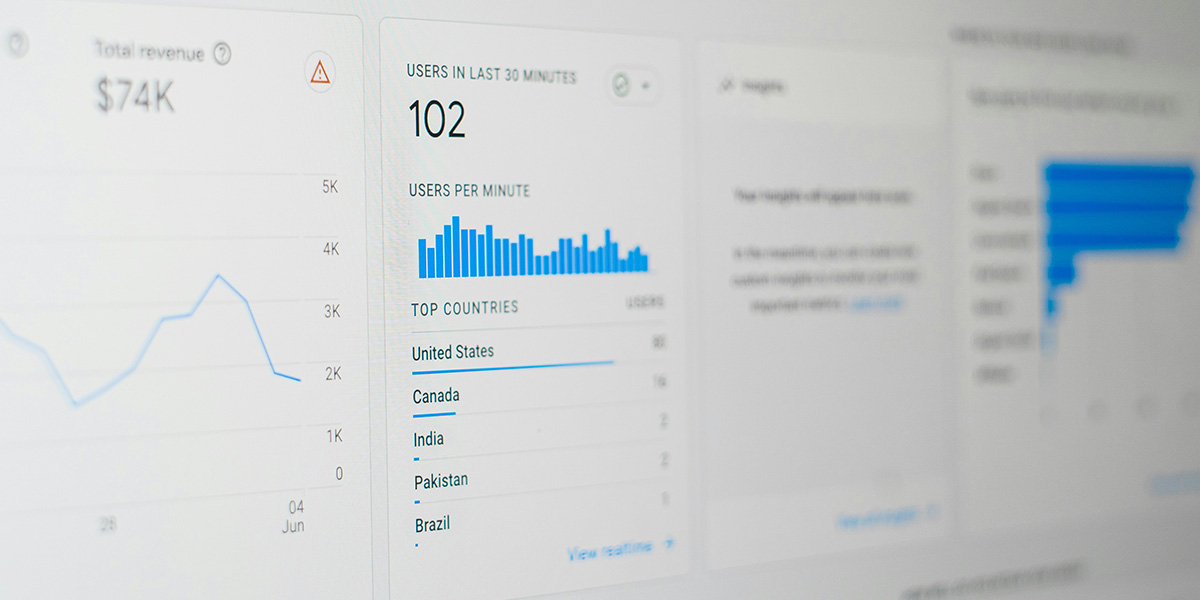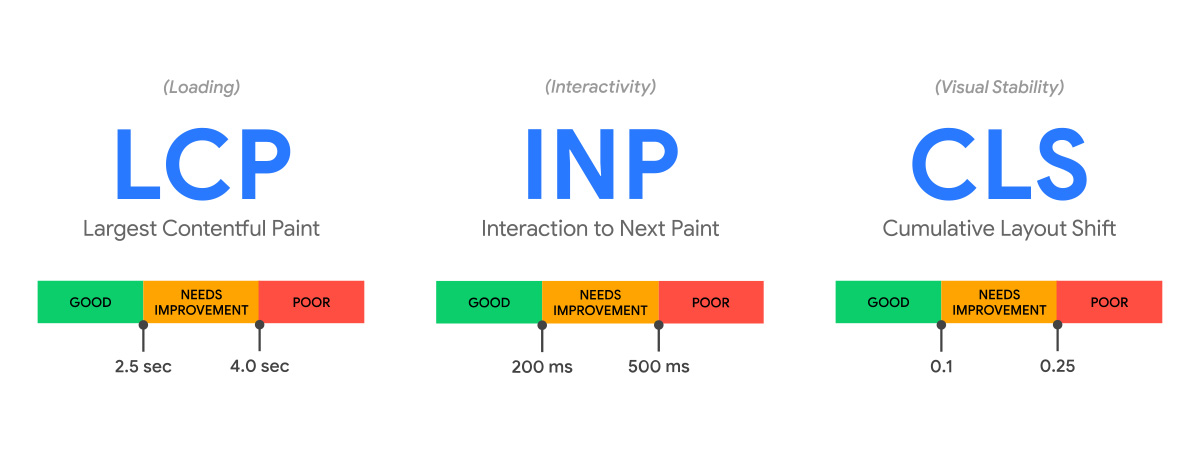
Imagine pouring countless hours into crafting the perfect blog post only to see it buried deep within the vast expanse of the internet. To ensure your home improvement content reaches its target audience, it’s essential to master the art of search engine optimization (SEO).
Why Does SEO Matter?
SEO is akin to a map that guides potential customers directly to your virtual doorstep. According to a recent BrightLocal study, 74% of consumers research home improvement projects online before making a purchase. And Moz did a study that showed 93% of online experiences begin with a search engine. If you’re not ranking high in search results, you’re missing out on a massive audience that’s eager for your expertise.

Content Is King, but Optimization Is Queen
Okay, maybe not royalty, but it’s close! Creating high-quality, informative content is crucial, but without proper optimization, it’s like hiding a treasure chest without a map. Here’s how to make your content search engine royalty:
- Keyword Research: Uncover the magic words your target audience is using. Tools like Google Keyword Planner and Ahrefs* can help you identify relevant keywords with high search volume and low competition.
- On-Page Optimization: Sprinkle those keywords throughout your content naturally but avoid keyword-stuffing. Focus on titles, meta descriptions, headers and image alt text. Remember, readability matters, too!
- Mobile-Friendliness: In today’s digital age, being mobile-friendly is nonnegotiable. Google prioritizes mobile-friendly websites in search results, so ensure your content looks fabulous on any device.
Let’s E-A-T
Google values content that demonstrates expertise, authoritativeness and trustworthiness (E-A-T). As Digital Strategist Natalie Moffett puts it, “E-A-T is the foundation of SEO success. By establishing yourself as an expert in your field, you’ll gain the trust of search engines and your audience.”
In the competitive world of home improvement, establishing your expertise and trustworthiness is absolutely paramount. Demonstrate your credentials by highlighting any certifications, licenses or affiliations with professional organizations. And don’t be afraid to share your personal experiences with home improvement projects, whether they involve DIY endeavors or overseeing large-scale renovations. By showcasing your knowledge and reliability, you’ll gain the trust of potential customers and improve your E-A-T score.
Prioritize the User Experience
Google now places significant emphasis on Core Web Vitals (CWV) as part of its Page Experience ranking factors. CWV measures aspects like page load speed, interactivity and visual stability. To improve your CWV, try the following:

- Optimize Images: Compress images without sacrificing quality to reduce page load times.
- Minimize Code: Remove unnecessary code and scripts to streamline your website’s performance.
- Leverage Caching: Implement caching to store static content locally, reducing server load.
Local SEO: Target Your Local Audience
If your home improvement business serves a specific geographic area, local SEO is crucial. Create a detailed Google My Business profile, including your business address, hours of operation and high-quality images. Then, encourage satisfied customers to leave reviews on your Google My Business listing and other relevant platforms and optimize your website content with location-specific keywords, such as your city or neighborhood. Additionally, claim your business listings on local directories and ensure your information is consistent across all platforms. By focusing on local SEO, you’ll increase your visibility in search results for customers seeking home improvement services in your area.

Bonus Power-Ups
To go that extra mile, try the following to further improve your SEO efforts:
- Structured Data: Implement schema markup to provide search engines with richer information about your content, potentially leading to richer search results.
- Backlinks: Build high-quality backlinks from reputable websites to improve your domain authority.
- Technical SEO: Ensure your website’s technical health is in good standing by addressing issues like broken links, crawl errors and mobile responsiveness.
SEO Mastery Doesn’t Have to Be Scary
By following these SEO best practices, you can improve your website’s visibility, attract more qualified leads and ultimately grow your home improvement business. Remember, SEO is an ongoing process, so continually monitor your website’s performance and make adjustments as needed! At Porchlight, we help home improvement retailers and brands stay top-of-mind, enhance digital experiences and make products shine brighter on shelves. If you know anyone needing our expertise and support, please forward our emails to them.
P.S. Check out our other blog posts for even more SEO wisdom:
Paid Ads vs. Organic SEO: Building Your Home Improvement Brand Online
How to Effectively Use Visual Merchandising in Big-Box Retail Environments
*Ahrefs is an SEO software suite that contains tools for link-building, keyword research, competitor analysis, rank tracking and site audits. Most of the features inside Ahrefs are designed for marketing professionals.